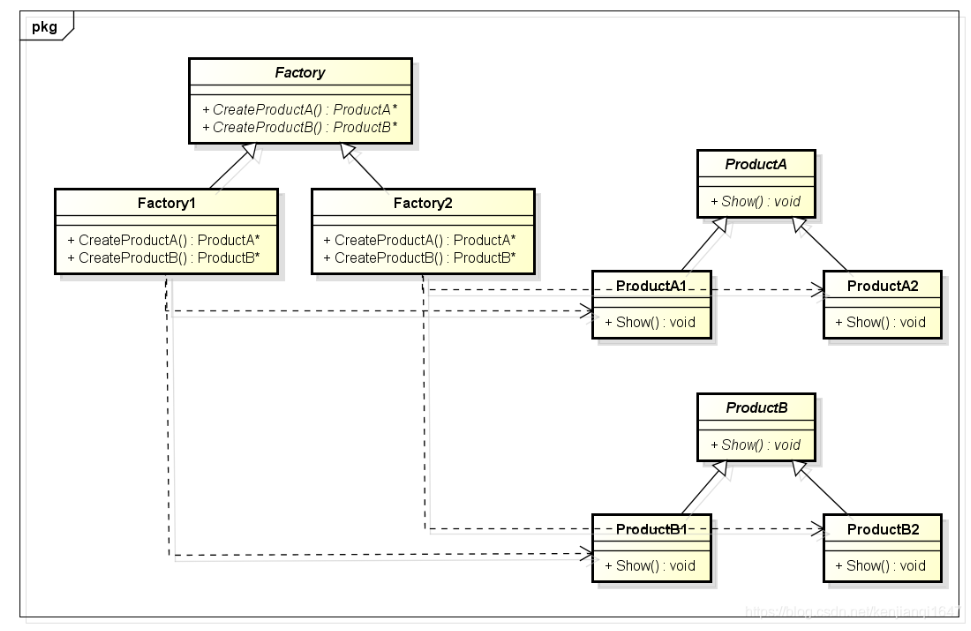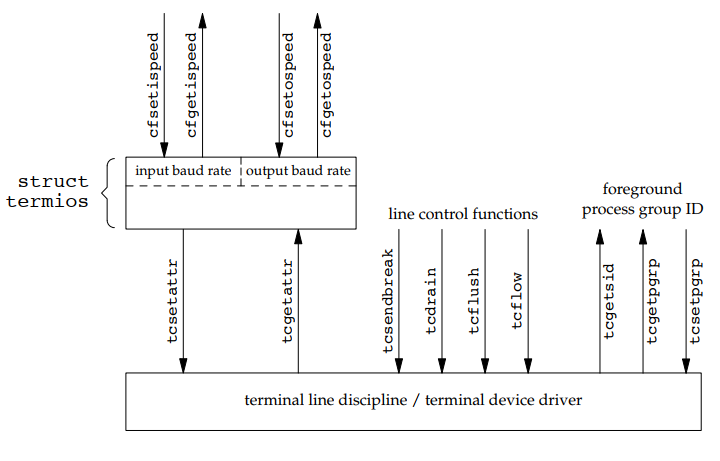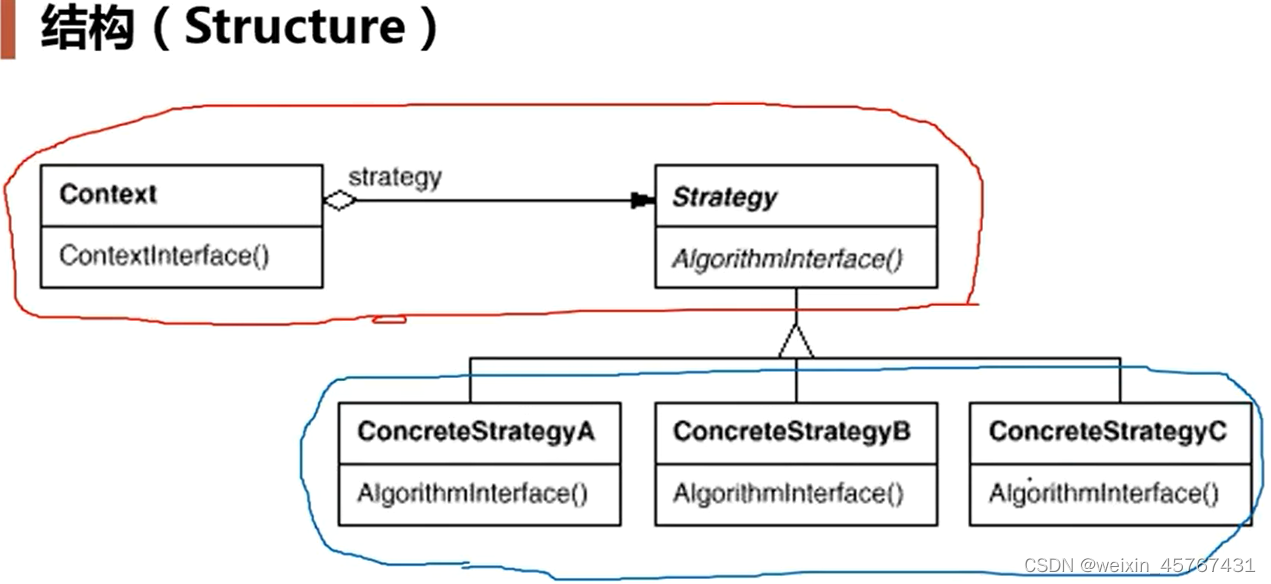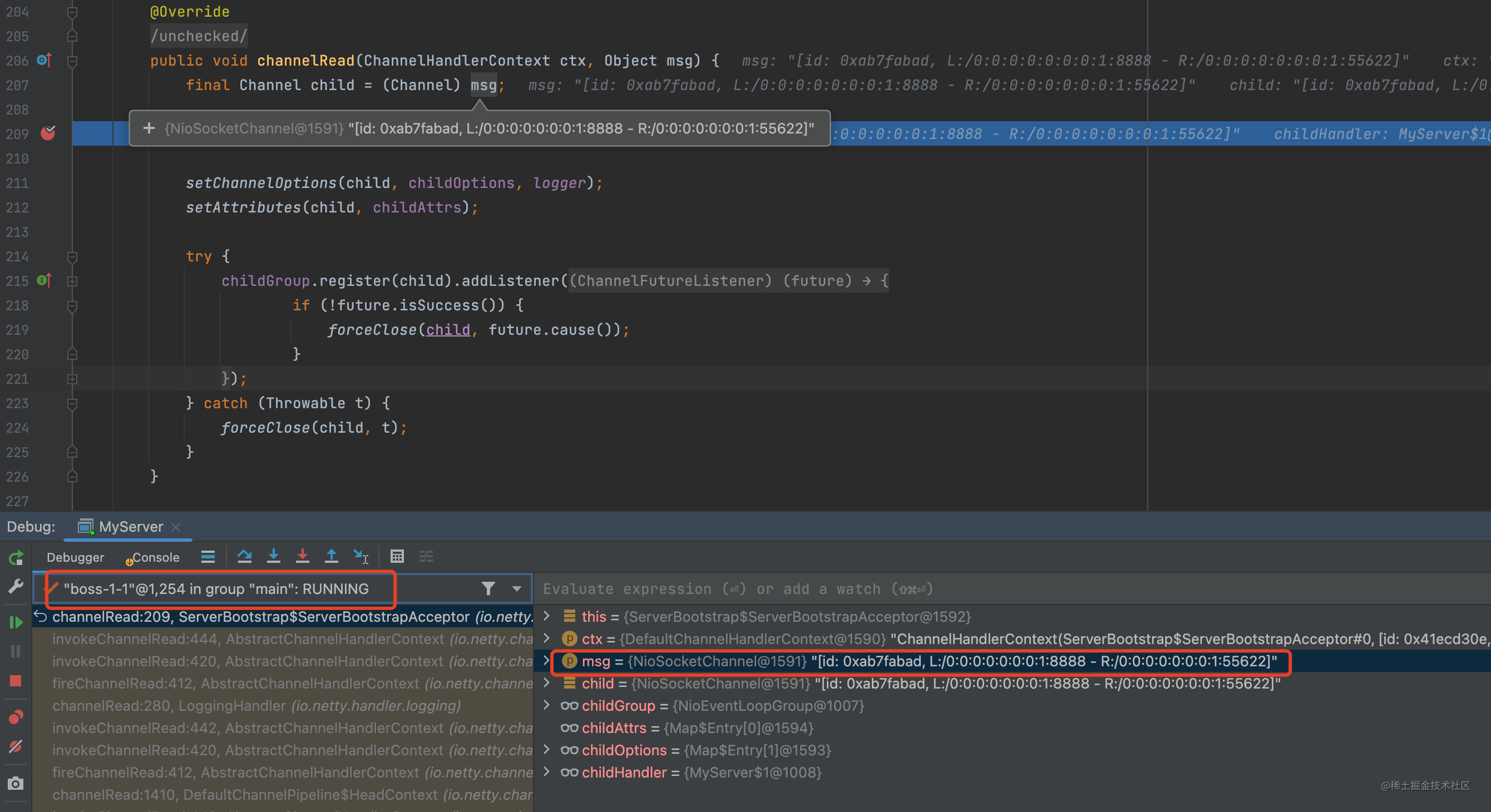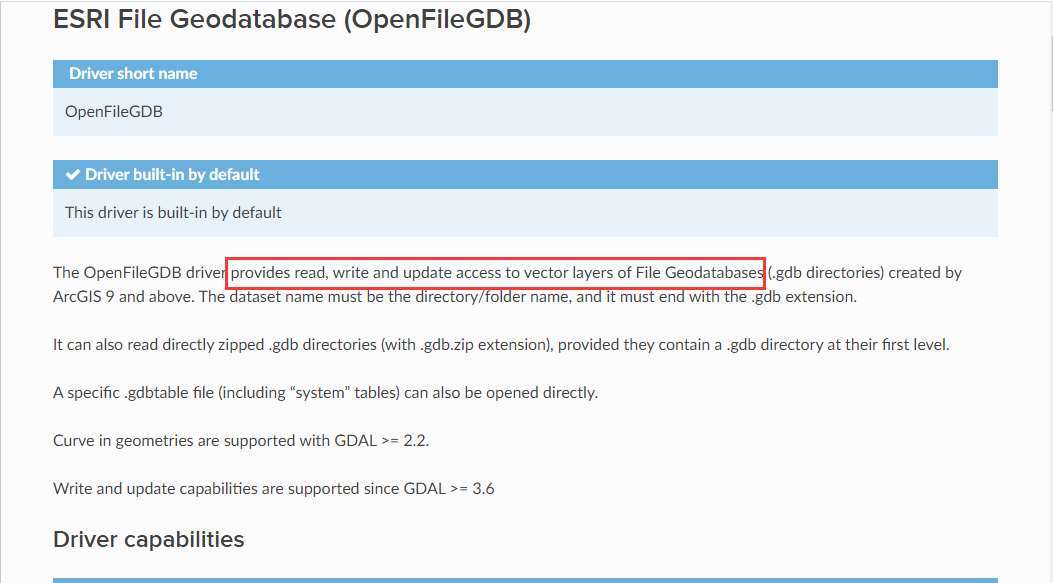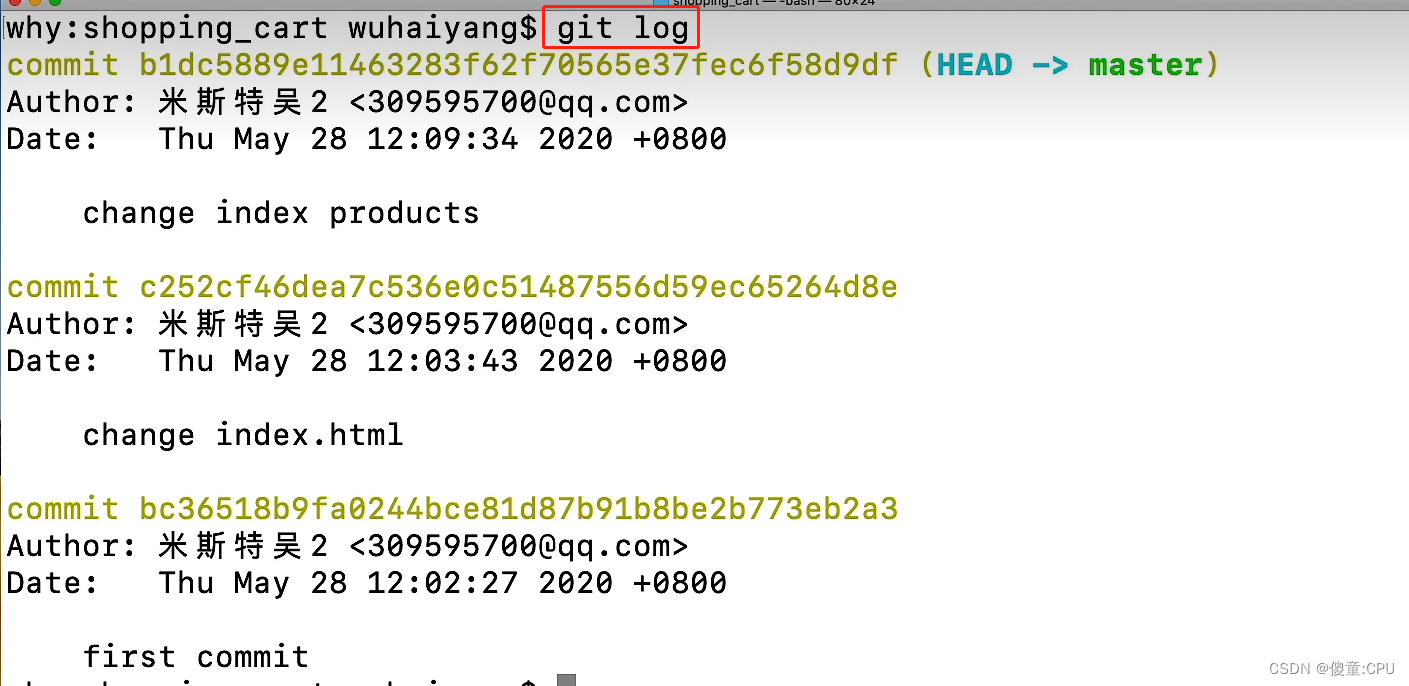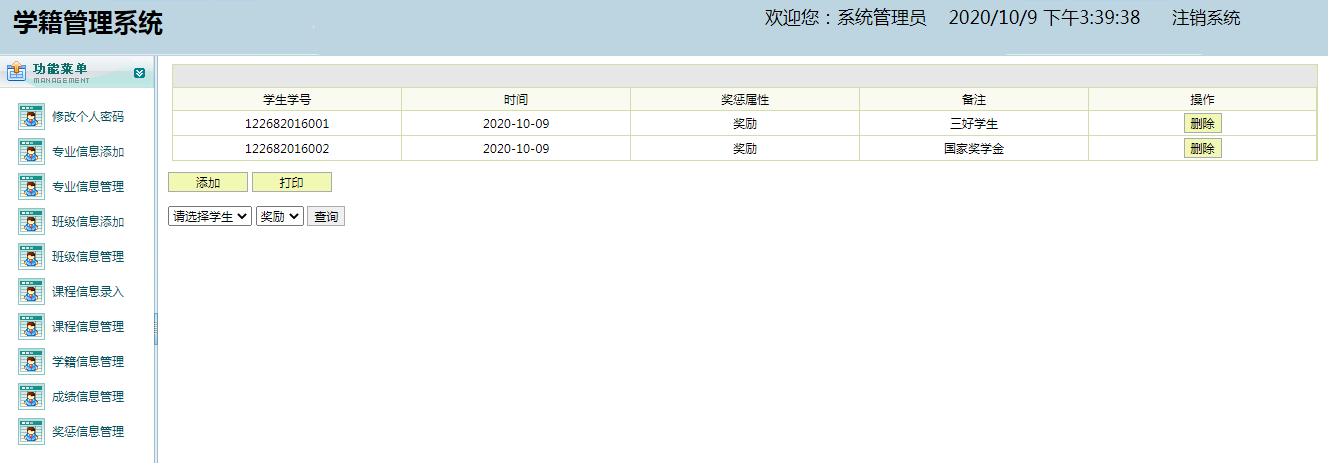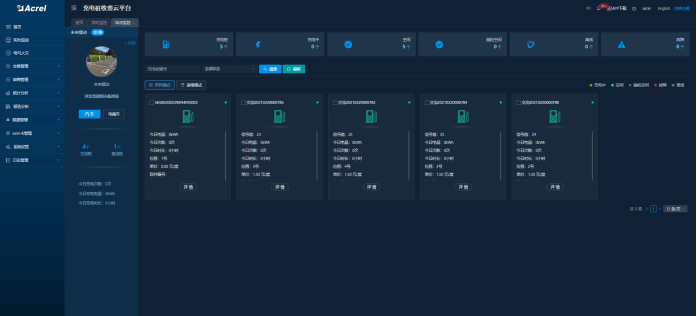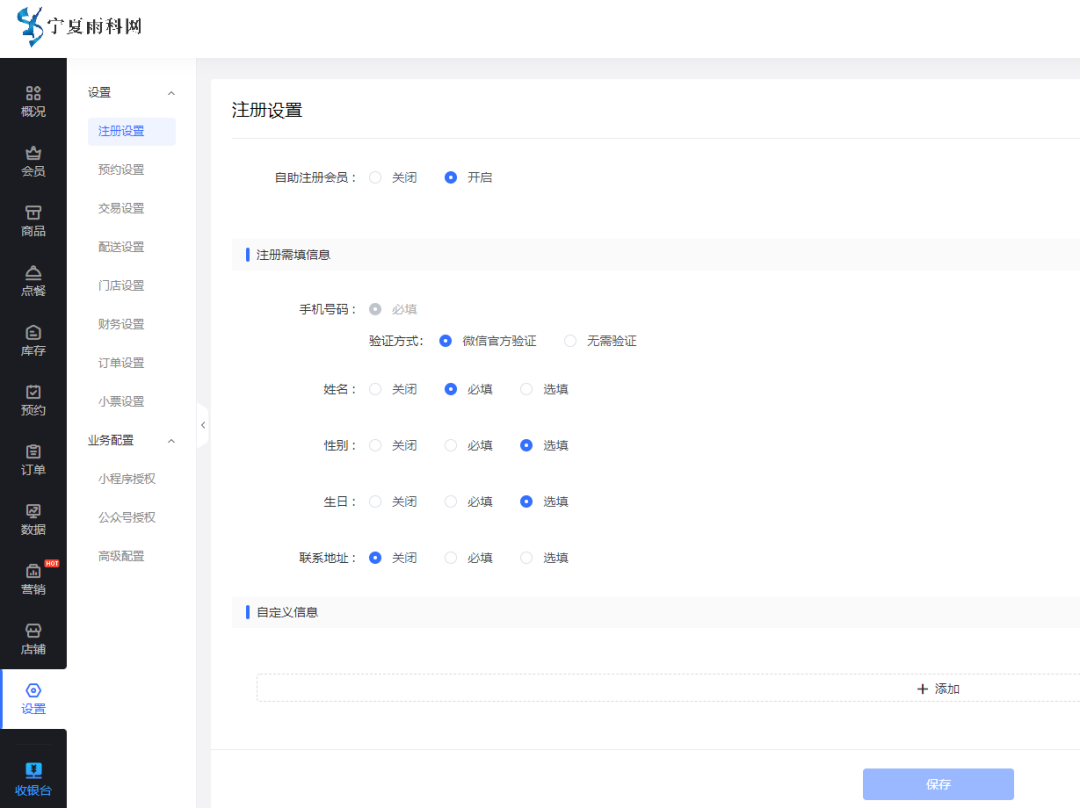目录
一、类的定义
二、魔法方法
三、属性管理
四、封装
五、继承&多态
一、类的定义
# 类封装
class Dog:
name="修狗"
age=3
d=Dog()
print(f'name is {d.name} ,age is {d.age}')
# python与java关于类封装的区别
d.sex="母"
print(f'name is {d.name} ,age is {d.age} ,sex is {d.sex}')
print("==============================")
# 构造函数 class Dog: name="修狗" age=3

class Dog:
# 法1
def __init__(self,name,age): #self相当于java的this
self.name=name
self.age=age
d=Dog("哈士奇",7)
print(f'name is {d.name} ,age is {d.age}')

# 构造函数
class Dog:
# # 法2
def __init__(self,*args,**kwargs): # self相当于java的this
if kwargs.get("name")!=None:
self.name=kwargs.get("name")
if kwargs.get("age")!=None:
self.age=kwargs.get("age")
d=Dog(name="huhu",age=12)
print(f'name is {d.name} ,age is {d.age}')

二、魔法方法
# 魔法方法 # init 被用于初始化实例对象,new方法创建对象后就会调用该方法对实例的属性进行初始化。 class Dog: def __init__(self, name: str = "小黄", age: int = 12): self.name = name self.age = age # d = Dog() # 不会报错 # d = Dog(name="小白") # 不会报错 d = Dog(name="小黑", age=20) # d = Dog(name=20, age="小黑") #报错 print(d) print(f'name is {d.name};age is {d.age}') print("==========================================") #del 是析构方法,当对象的引用计数变为0时,这个对象会被销毁掉,此时就会调用del方法 class T: def __del__(self): print("对象被销毁") t = T() # t指向0,此前创建的T的实例被销毁 print("1111") t = 0 print("2222") print("==========================================") # call 允许一个类的实例像函数一样被调用,这是一个非常重要的特性 class T: def __call__(self, *args, **kwargs): print("类的实例可以像函数一样被调用") t = T() t() # 相当于执行__call__方法体中的内容 print("==========================================") # len 是内置函数,len(t) 会调用实例的 **len** 方法 class T: def __len__(self): return 110 t = T() print(len(t)) # 当被 str() 调用时, 调用该 **str** 方法 print("==========================================") class Tu: def __str__(self): return f"我是{Tu.__name__}的一个实例" t = Tu() print(t) print("==========================================") # bool 可用于逻辑判断部分 class T: def __init__(self, age): self.age = age def __bool__(self): return self.age > 18 print(bool(T(17) and T(19))) print("==========================================") # 比较部分 class Student: def __init__(self, age): self.age = age def __lt__(self, other): return self.age < other.age def __eq__(self, other): return self.age == other.age # 对象之间是没有可比性的 less than-->小于 grant than -->大于 s1 = Student(3) s2 = Student(4) print(s1 < s2) print(s1 == s2)#比较的是数值 相当于java里的“equals” print(s1 is s2) #比较的是地址 相当于java里的“==” print("==========================================") # 字典就是实现了这三个魔法方法,才提供了以[]为基础的操作class MyData: class MyData: def __init__(self, data=None): if data is None: data = dict() self.data = data def __getitem__(self, item): return self.data.get(item) def __setitem__(self, key, value): self.data[key] = value def __delitem__(self, key): del self.data[key] my_data = MyData() my_data['name'] = '小刚' my_data['age'] = 14 print(my_data['name']) print(my_data['age']) print("==========================================") # 如果一个对象实现了 iter , 那么它就是一个可迭代对象 # 如果既实现 iter 又实现 next ,那么它就是一个迭代器 # class Color(object): def __init__(self): self.index = -1 self.colors = ['red', 'white', 'black', 'green'] def __iter__(self): self.index = -1 return self def __next__(self): self.index += 1 if self.index >= self.colors.__len__(): raise StopIteration return self.colors[self.index] color_object = Color() # 遍历输出所有颜色 for color in color_object: print(color)
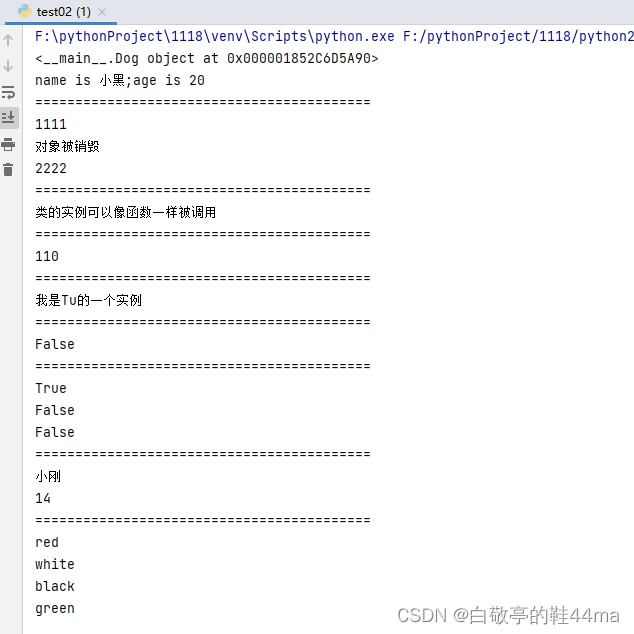
三、属性管理
class Plane(object): category = '飞机' def fly(self): print("哈哈哈哈哈") p1, p2 = Plane(), Plane() # print(p1.category, p1.category) # Plane.category = '拖拉机' # print(p1.category, p2.category) print(p1.category, p1.category) p1.category = '拖拉机' print(p1.category, p2.category) print("=================================") # 这里主要涉及到了类属性与对象属性实例属性的区别 p1.name = 'sa' p1.__dict__['pwd'] = '123' print(p1.__dict__) #对象属性实例属性 print(Plane.__dict__) #类属性 print("=================================") # 例题1 class Dog: name: str = '小黑' age: int = 3 d1 = Dog() d1.name = "大黄" d2 = Dog() Dog.name = "小白" print(d1.name) print(d2.name)

四、封装
class Stu: def __init__(self, name, age): self.__name = name self.__age = age def get_name(self): return self.__name def set_name(self, name): self.__name = name def get_age(self): return self.__age def set_age(self, age): self.__age = age stu1 = Stu('小明', 14) stu2 = Stu('小红', 14) print(stu1.get_name(), stu1.get_age()) print(stu2.get_name(), stu2.get_age())

class Book:
def __init__(self, price):
self._price = price
@property
def price(self):
return self._price
# 如果你希望可以对price进行赋值,那么需要用 @ price.setter装饰器再装饰一个方法,该方法完成对 _price
# 属性的赋值操作。
@price.setter
def price(self, price):
if price > 0:
self._price = price
else:
raise Exception('价格不能为负数')
book = Book(58.5)
print(book.price)
# book.price = -1
book.price = 1
print(book._price)

方法拓展 类方法 : 可以通过类名调用的方法 加上注解,修改参数为 cls (当前类),可以通过 cls 调用类的属性 静态方法 : 可以通过类名与对象来调用,但是无法使用类变量
# class Book: # @classmethod # def run(cls): # print(cls.__name__) # # # @staticmethod # # def say(cls): # # print(cls.__name__) #报错 # # print("hello world") # @staticmethod # def say(): # print("hello world") # # def __init__(self, price): # self._price = price # # @property # def price(self): # return self._price # # @price.setter # def price(self, price): # if price > 0: # self._price = price # else: # raise Exception('价格不能为负数') # # # book = Book(58.5) # print(book.price) # # book.price = -1 # book.price = 1 # print(book._price) # # Book.run() # book.run() # Book.say() # book.say()
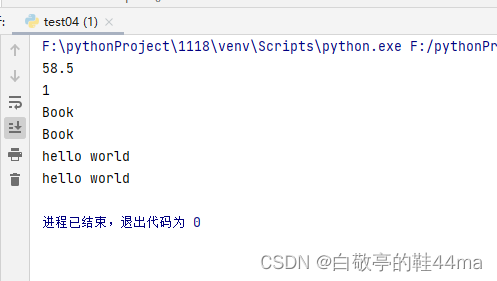
五、继承&多态
# 继承&多态
class A:
pass
class B:
pass
class C(A):
pass
class D(C):
pass
# class D(A,B):
# pass
#查看继承关系
print(D.__bases__)
# 查看D继承的全部父类关系
print(D.__mro__)
print("================================")
# 属性及方法继承
class Father:
money = 100
def hello(self):
print("hello world")
class Son(Father):
pass
s = Son()
print(s.money)
s.hello()
print("================================")
class Father:
money = 100
def hello(self):
print("hello world")
class Mother:
money = 200
def cook(self):
print("煮饭")
class Son(Father, Mother): #就近原则
pass
s = Son()
print(s.money)
s.hello()
s.cook()
print("================================")
# 多态
class Animal(object):
def play(self):
pass
class Tiger(Animal):
def play(self):
print("正在表演老虎吃人")
class Lion(Animal):
def play(self):
print("正在表演狮子跳火圈")
class Person(object):
def show(self, a: Animal):
print("动物开始表演了")
a.play()
p = Person()
tiger = Tiger()
lion = Lion()
# 让老虎表演
p.show(tiger)
# 让狮子表演
p.show(lion)
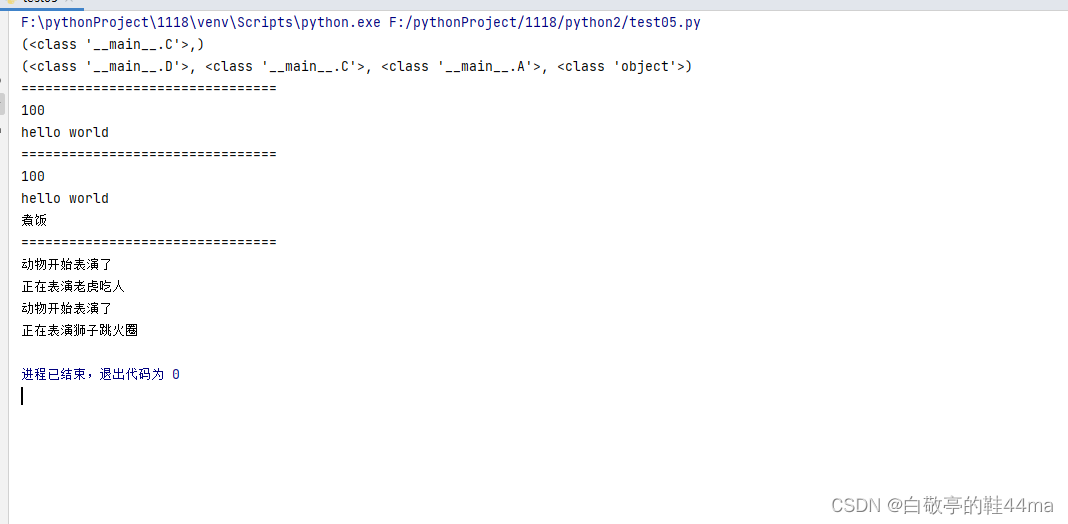

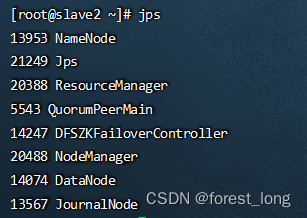
![[附源码]计算机毕业设计JAVA一点到家小区微帮服务系统](https://img-blog.csdnimg.cn/8aae1fd461984b0481f3b8b3fca37654.png)

